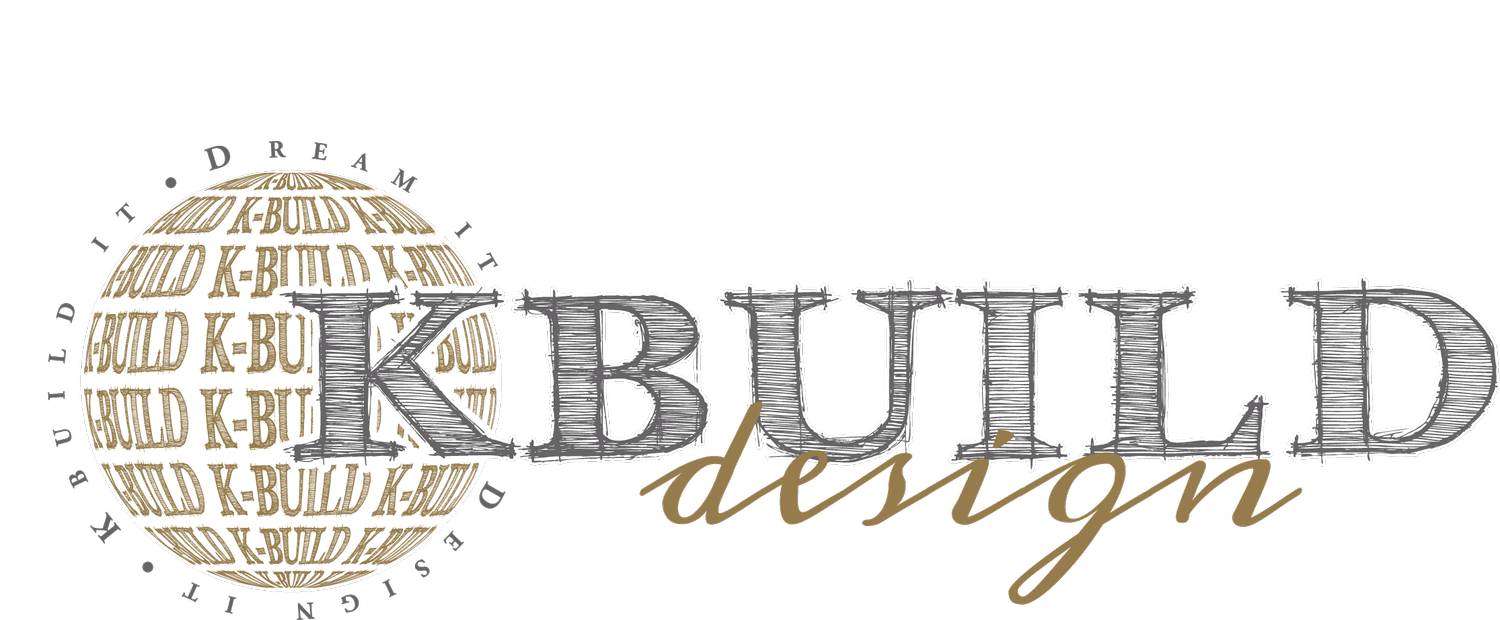Residential Vs. Commercial Construction
When it comes to construction projects, understanding the differences between commercial and residential construction is essential. While both contribute significantly to shaping our communities, they are distinct in terms of purpose, design, materials, and regulations. Whether you’re a homeowner, business owner, or builder, knowing what sets these two types of construction apart can help you better navigate your next project.
Purpose
The primary distinction lies in the intended purpose of the buildings. Commercial construction involves structures built for business use, such as office buildings, retail stores, warehouses, or restaurants. These spaces are designed to accommodate employees, customers, and operations specific to a business. In contrast, residential construction focuses on creating homes for individuals and families. This includes single-family houses, apartments, condominiums, and townhouses designed for personal living and comfort.
Design & Scale
Commercial buildings are typically larger in scale and more complex in design. They often include multi-story layouts, large open spaces, and specialized areas tailored for business operations. Residential buildings, on the other hand, are smaller and prioritize comfort and functionality. The design is generally simpler, focusing on creating inviting living spaces rather than optimizing for business efficiency.
Building Codes & Regulations
Building codes and regulations differ significantly between commercial and residential construction. Commercial projects must adhere to stricter rules, including zoning laws, fire safety regulations, and ADA (Americans with Disabilities Act) compliance. These requirements ensure the safety and accessibility of spaces intended for public use. Residential construction is governed by less stringent codes, focusing on occupant safety and energy efficiency for private living spaces.
Materials
The materials used in construction reflect the different demands of commercial and residential buildings. Commercial projects often require durable materials like steel, concrete, and glass to withstand heavy use and ensure longevity. Residential construction typically uses lighter materials such as wood, brick, or vinyl, which are more cost-effective and suited for homes.
Construction Methods
Commercial construction involves more complex methods, often requiring heavy machinery and specialized crews to complete the work. These projects may have longer timelines due to their scale and complexity. Residential construction, however, is generally more straightforward. Smaller crews and simpler equipment are used, allowing for faster completion times.
Cost & Budget
Commercial construction is usually more expensive due to the scale, materials and regulatory requirements involved. The need for specialized equipment and labor also drives up costs. Residential construction, while still varying in cost depending on customization and size, is typically more affordable, Homeowners can often work with more flexible budgets compared to large-scale commercial developers.
End-User Experience
The end-user experience is another significant difference. Commercial buildings prioritize functionality, efficiency, and the ability to accommodate large groups of people. They are designed with businesses, employees, and customers in mind. Residential buildings, on the other hand, focus on creating a cozy, personalized environment for individuals and families. Comfort and aesthetic appeal take precedence over efficiency
Commercial and residential construction serve unique purposes, each with its own set of challenges, requirements, and outcomes. Here at KBUILD, we focus on custom residential homes and we have the opportunity to assist you in the next step of your new home. Reach out to us at 636-362-2015, send us an email at kbuild@kbuildit.com, or click the link to go straight to our project inquiry form. We will respond promptly and help you follow through with the next steps to start on your new home today!

